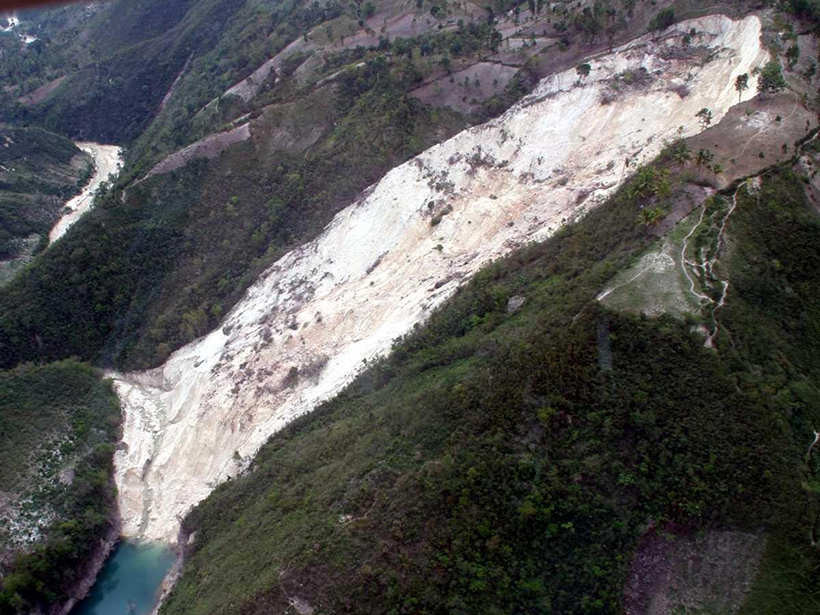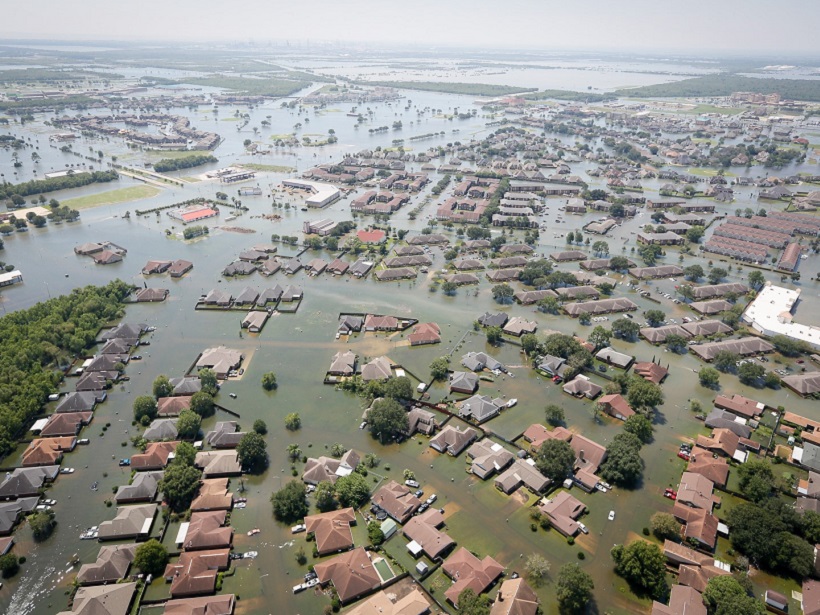Earthquake-triggered landslides move soils down steep slopes and deposit the sediments near rivers, sequestering the carbon contained within them for millions of years.
CC BY-NC-ND 2018
Lightning: A New Essential Climate Variable
Lightning is a symptom and a cause of climate change. A recently established task team is working to make lightning data available and useful for climate science and service applications.
We Can Work It Out: Avoiding Disasters
Strengthening societal resilience by focusing on the interactions between natural hazards, the built environment, and human societies.
Insensitivity of Total Sediment Flux to Hydraulic Details
The total sediment mass transported by flow under different sets of regimes is insensitive to the exact details of hydraulic forcing, but what matters is cumulative transport capacity.
Budgeting Ozone-Depleting Emissions from Coastal Tidal Marshes
Brackish wetlands and their salt-tolerant vegetation are significant methyl halide emitters. The natural emissions add chlorine and bromine to the stratosphere, which break down ozone.
How Hot Is Europa? Now There’s a Map for That
The new global map of Europa’s surface heat also highlighted one spot on the moon that is inexplicably cold.
2018 AGU Union Medal, Award, and Prize Recipients Announced
The world’s largest organization of Earth and space scientists honors 33 exceptional individuals.
Massive Ocean Waves May Play a Role in Nuisance Flooding
When huge planetary waves that spawn in the open ocean reach land, they can raise local sea levels along the coast. Could tracking these waves help scientists predict flooding months in advance?
Earthquake Precursors, Processes, and Predictions
A new book presents various studies that may establish a link between earthquakes and different types of precursor signals from the Earth, atmosphere, and space.










